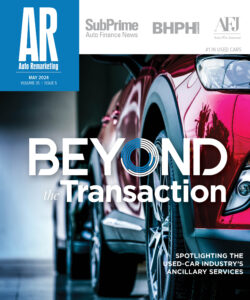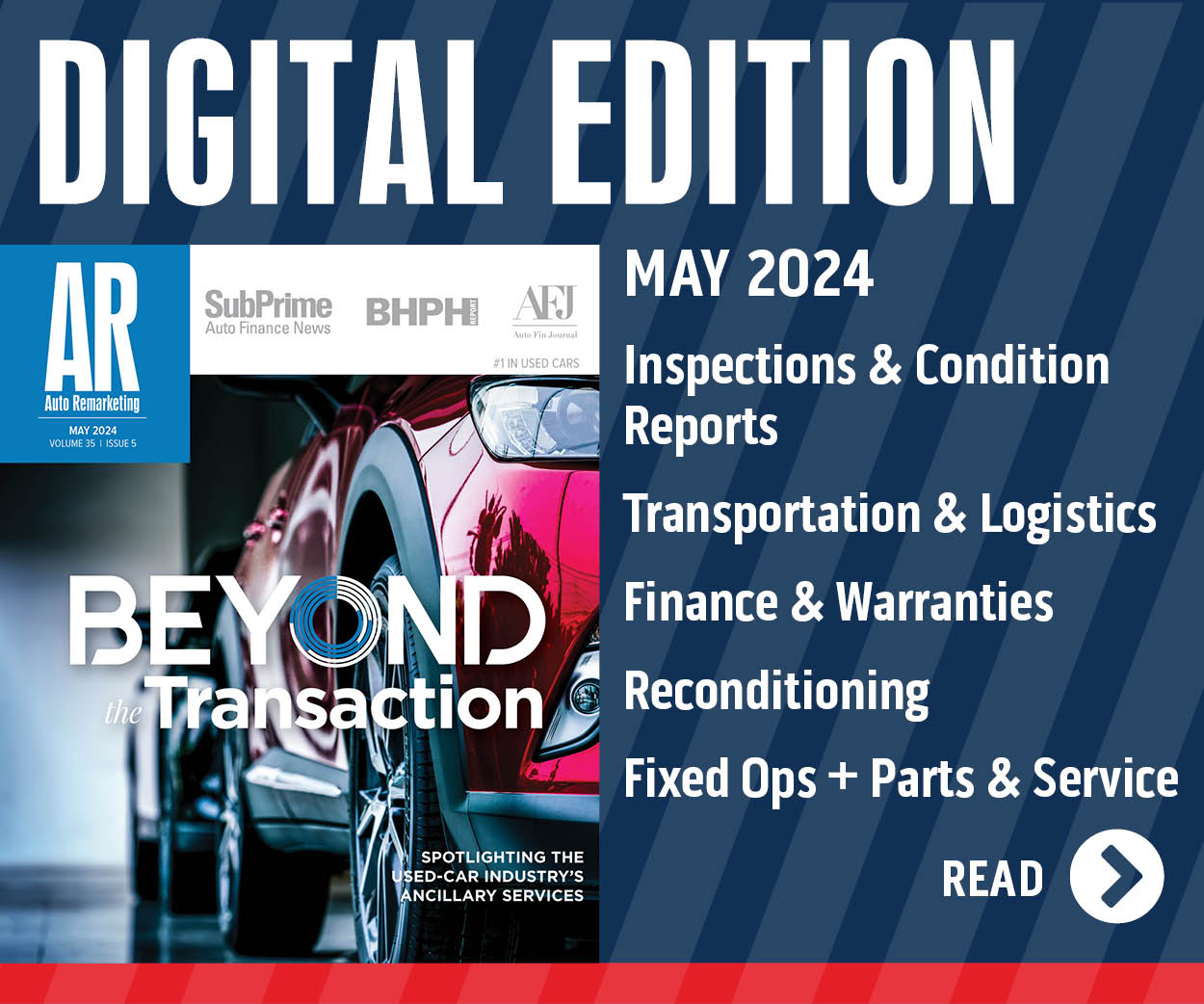Locating Consumers and Collateral in the World of Cyberspace

Oklahoma City, Okla. -
In today’s transient society we see people moving from residence to residence, from city to city and from state to state. The financial and collection divisions of automobile sales companies are faced with a major obstacle: “What do we do when mail returns and we do not know where our secured collateral is located?”
The face of skiptracing is changing. The new term in the tracing industry is cybertracking. This new breed of tracers is known as cybertrackers. They follow electronic trails rather than paper trails and are masters at locating people through Internet data sites, public information sites and last but not least, social sites such as Facebook, Myspace and Twitter.
The once accepted and standard tools and techniques of skiptracing are changing. If today’s professional tracers cannot change with the times they will find themselves mired and trapped in the tar pits as the dinosaurs found themselves eons ago.
Our ability to trace each other has always paralleled our ability to communicate and never before has our ability to communicate been as advanced as it is today with cell phones, computers, Blackberries, fax machines and the Internet.
Privacy has become a big issue and we can look forward to increased limitations on identifiers which have traditionally been used to track people such as date of birth, Social Security Number, driver’s license number, etc.
So the question becomes, “In this age of cyberspace and transient lifestyles just how are we going to track the runners and locate our collateral?”
In this article on skiptracing we will explore the tools and techniques used by professional cybertrackers plying their trade in an Internet environment where a multitude of data is available but often of no consequence or help.
First let’s discuss and discard the tools and techniques of picayune value. Many of these tools and techniques were of great value in the past, but remember, this is the present.
Let’s begin with the one of the rudimentary tools of a skiptracer, the telephone. Today’s telephones may be of two types, landlines and cellular phones. Each telephone is unique because of one thing. Each phone has its own individual number. The number of any telephone consists of three distinct parts, the area code, the prefix and the five digit number. Each one of these parts provides the tracer with possible puzzle part, but you must remember, to the professional tracer, all is not what it appears to be.
Telephone numbers (landlines) were traditional sources of information for a tracer. They indicated where the consumer lived, area codes gave the state and city and prefixes gave the specific part of town where the person resided. This tool is virtually useless anymore with the ability to of a consumer to “port” a number.
In today’s environment landline numbers may be ported to a cell phone carrier and from one carrier to another so a professional tracer is aware of the pitfalls involved when a landline number is provided. No longer can we be sure that the number actually corresponds to a physical address.
A professional tracer looks at the date of birth of the person they are hunting for additional information. Pre-Boomers (born before 1944) and Boomers (born between 1945 and 1964) tend to continue to keep and use landlines.
The X Generation (born between 1965 and 1984) might have a landline but many have ported their numbers to cell phones, and if you are hunting a Cyberbaby (born between 1985 and 2005), the chances of them having a landline will be minimal.
With this additional insight the tracer has a better view of the overall picture and an increased chance of locating their “skip.”
Cellular numbers (cell phones) are like the grains of sand in the desert, millions of them constantly shifting and changing location. Not only going from one person to another, but from one area of the country to another, creating what professional tracers recognize as the “Great Cell Phone Number Illusion.” With a cell phone number the tracer can never be sure exactly where the consumer is located. The number then merely provides a contact point with no other verifiable information.
As you can see, where phone numbers were once a very valuable tool for a skiptracer, they now possess the ability to be very illusionary, oftentimes pointing the inexperienced in the totally wrong direction. I love to hear the phrase, “I know the consumer is in your city, his area code is 405,” this lets me know I am dealing with a “skip-guesser” not a professional “skiptracer.”
Today’s cybertrackers have traded the telephone for the laptop, hard copy phone books for net books and directories for Web link sites. Just visit www.manhunt-seminars.com, www.blackbookonline.info and www.pimall.com/nais/skiptrace.htm and see for yourself the abundance of data available on the Internet. Or go to www.cybertrackers.ning.com and join the social network of professional trackers.
We, the professional trackers, to be successful must realize that tracking consumers and collateral in today’s era of cyberspace and the “Information Highway,” require knowledge and application of new and dynamic tools and techniques as well as a thorough knowledge of neurolinguistic communication skills.
Good luck and good hunting,
Ron Brown, MCE, IFCCE, CARS, CCCO CSI Group. Brown is based in Oklahoma City, Okla. For more information, or to ask a question, e-mail Rbrown2150@aol.com.

 View The Latest Edition
View The Latest Edition

